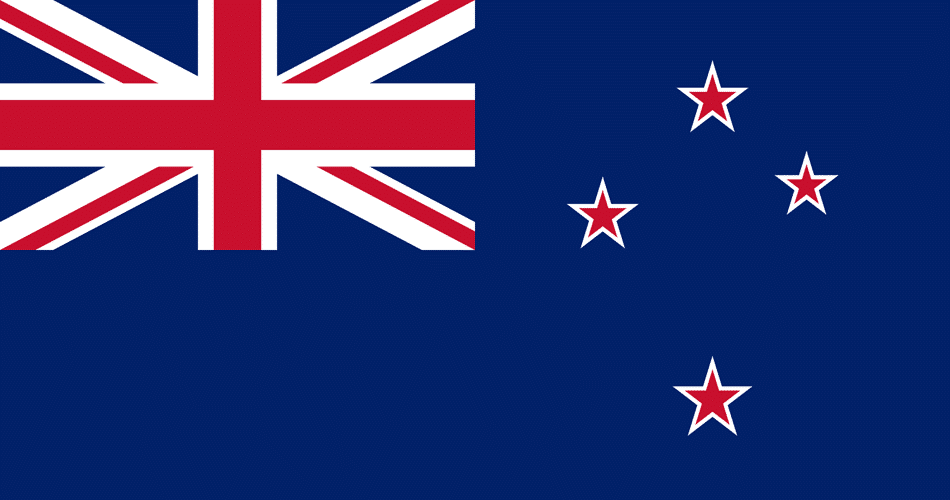A Closer Look at New Zealand’s Path To Independence

The independence of New Zealand is a topic that sparks academic and social debates, given its unique historical trajectory. Unlike many nations with a distinct Independence Day, New Zealand’s journey towards political autonomy unfolded gradually, shaped by evolving constitutional dynamics.
History of Independence of New Zealand
The late 1700s witnessed the influx of sealers, whalers, adventurers, missionaries, and escaped convicts from Europe and the Americas into New Zealand. British Resident James Busby’s arrival in May 1833 marked a significant turning point. In 1835, Māori chiefs asserted sovereignty by signing the Declaration of Independence of New Zealand. This document, known as “He Whakaputanga o te Rangatiratanga o Nu Tireni,” laid the groundwork for New Zealand’s self-determination.
Treaty of Waitangi (1840) and Early Nationhood
On 6 February 1840, the Treaty of Waitangi was signed between Māori chiefs and William Hobson, representing the United Kingdom. This treaty established British governance while recognizing Māori rights. In 1853, just 12 years after the colony’s founding, the New Zealand Constitution Act granted settlers the right to self-governance, solidifying New Zealand’s independence in domestic matters.
International Recognition and Legal Developments
New Zealand’s international recognition took a leap in 1919 when it gained a seat in the League of Nations. The Balfour Declaration of 1926 declared Britain’s Dominions “equal in status,” and the Statute of Westminster in 1931 established the legal basis of independence. Despite these developments, some New Zealanders clung to a British identity until the 1970s, a sentiment that waned as the UK joined the European Community in 1973.
Dominion Status (1907) and the Shift Towards Full Autonomy
In 1907, New Zealand was granted “Dominion” status within the British Empire. Despite this change, Dominion Day never gained traction as a national independence day. The Balfour Declaration of 1926 affirmed the Dominions’ autonomy, and the Statute of Westminster in 1931 further solidified New Zealand’s control over its foreign policy and military.
League of Nations and International Sovereignty (1920s)
New Zealand joined the League of Nations in 1920, signifying its emergence as a sovereign state. The Imperial Conference of 1926 emphasized the Dominions’ equal status within the British Empire, setting the stage for the Statute of Westminster.
World War II and Post-War Developments
The outbreak of World War II saw New Zealand declaring war on Germany in 1939, a significant act signaling its sovereignty. The post-war era witnessed the intent to adopt the Statute of Westminster, reflecting a growing confidence in New Zealand’s national aspirations.
New Zealand’s path to independence is a nuanced narrative, shaped by treaties, legal developments, and international recognition. From the early Declaration of Independence to the Statute of Westminster, each milestone contributes to the rich tapestry of New Zealand’s autonomy. Embracing a distinctive identity, New Zealand has evolved from a British colony to a sovereign nation, navigating its course through history with resilience and determination.
Observer Voice is the one stop site for National, International news, Sports, Editor’s Choice, Art/culture contents, Quotes and much more. We also cover historical contents. Historical contents includes World History, Indian History, and what happened today. The website also covers Entertainment across the India and World.

